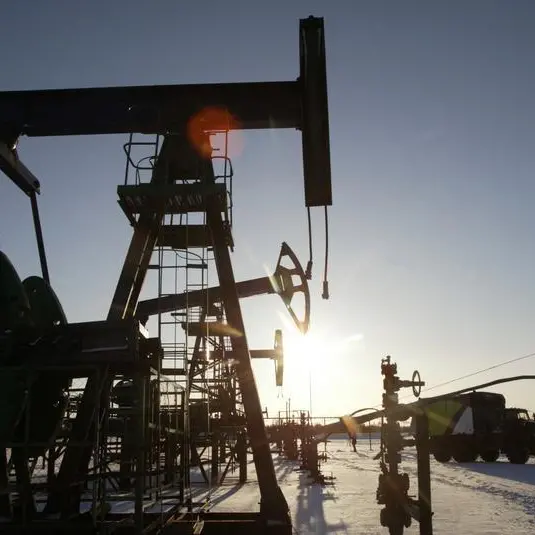PHOTO
Chicago wheat futures regained some ground on Tuesday after an easing of fears over supply from the Black Sea region triggered profit-taking in the previous session and pulled prices down from near three-month highs.
Corn and soybean futures were little changed as the United States ramps up what are expected to be bumper harvests, cementing expectations of plentiful supply.
The most active wheat contract on the Chicago Board of Trade (CBOT) was up 0.4% at $5.81 per bushel by 1111 GMT, while CBOT soybeans edged 0.15% higher to $10.03 a bushel and corn was flat at $4.10-3/4 a bushel.
Ample supply has driven all three contracts to four-year lows in recent weeks but prices have recovered a little ground.
Wheat rallied to $5.99 on Friday, its highest since June 19, driven by crop losses in Europe, dry weather in Russia and Ukraine, a weak U.S. dollar and a missile attack on a grain vessel in the Black Sea that Kyiv blamed on Moscow.
However, the absence of further escalation between Ukraine and Russia and confirmation that large amounts of wheat continue to flow from Russian ports have tempered concerns, with prices falling by 2.7% on Monday.
"The main driver higher is dry weather in Ukraine and Russia heading into winter planting," said Commonwealth Bank analyst Dennis Voznesenski, adding that speculators had reduced their bearish position in wheat.
Ukrainian farmers had sown 360,300 hectares of winter grains for the 2025 harvest as of Sept. 16, or 6.9% of the expected area, significantly less than in the previous year, the agriculture ministry said on Tuesday.
It said the area included 340,300 hectares of winter wheat and 16,500 hectares of winter barley. Winter wheat generally accounts for 95% of Ukraine's overall wheat output each year.
In other crops, the USDA said the U.S. corn harvest was 9% complete by Sunday and the soybean harvest was 6% complete, both 3 percentage points ahead of their five-year averages.
The USDA rated 65% of the U.S. corn crop as "good-to-excellent", above analysts' estimates, and 64% of the soybean crop as "good-to-excellent", matching expectations.
The condition ratings are the highest for this time of year since 2018, underscoring expectations for large harvests.
(Reporting by Peter Hobson and Sybille de La Hamaide; editing by Eileen Soreng and Jason Neely)





















